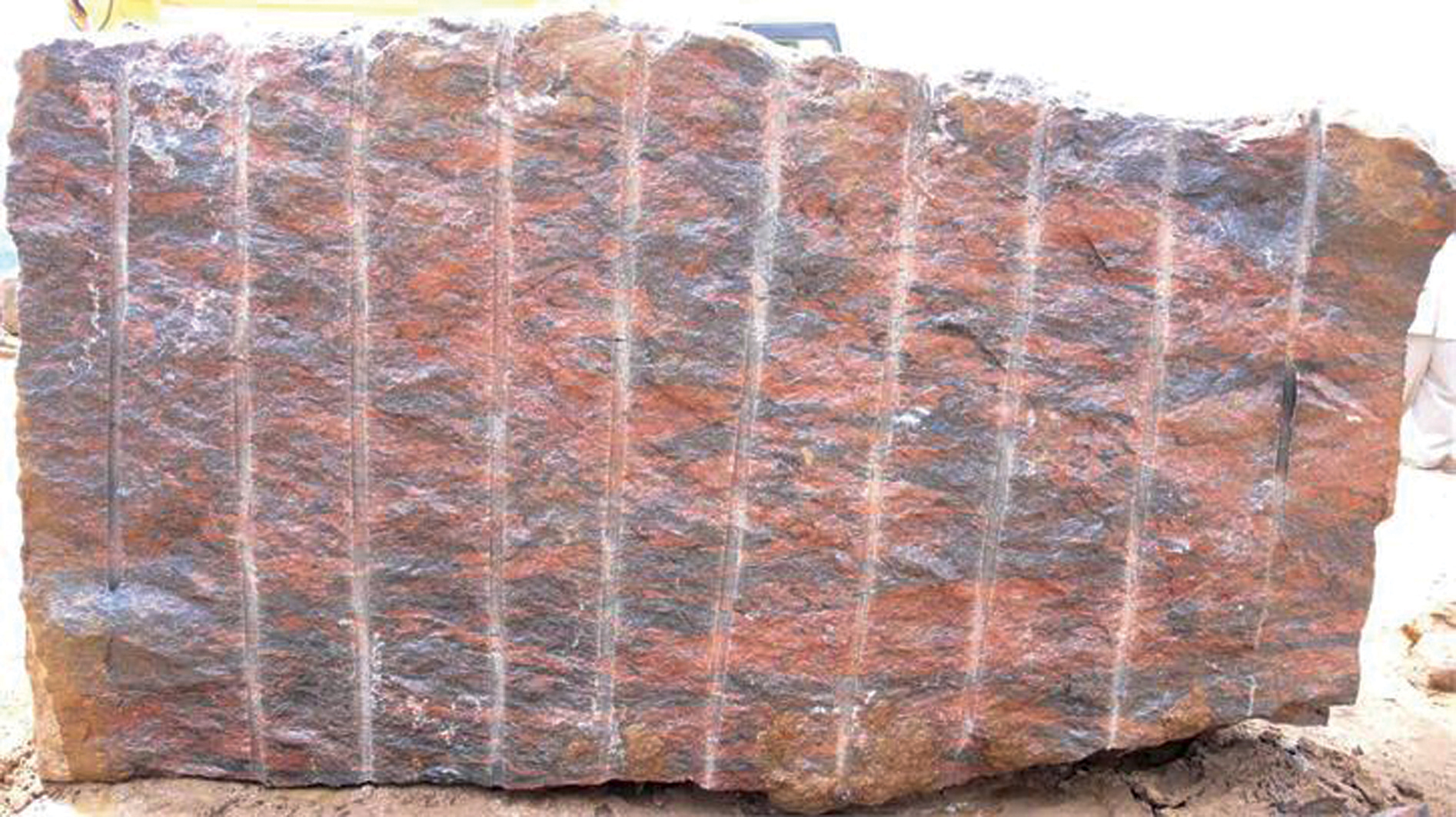Unearthing the Rich Background and Lasting Practices of Granite Quarrying
As we depend on the precipice of uncovering the intricate tapestry of granite quarrying, a journey through time exposes not simply the physical act of drawing out rock however additionally the cultural and historic relevance woven into the extremely material of this practice. From the old origins that laid the foundation for modern-day quarrying strategies to the sustainable methods that are forming the future of this market, each carve mark on granite surface areas informs a tale waiting to be discovered (granite quarries in south africa). The tradition of granite quarrying stretches much beyond plain extraction; it is a testimony to human resourcefulness, resilience, and the long-lasting allure of this marvelous rock
Old Origins of Granite Quarrying
Going back to ancient civilizations, the practice of quarrying granite has been an integral component of human history and architectural advancement. The earliest proof of granite quarrying go back to ancient Egypt, where substantial pyramids and intricate sculptures were crafted from this durable stone. The Egyptians utilized primitive devices to extract granite blocks from quarries, showcasing the relevance of this product in their huge constructions.
Progressing in background, the Greeks additionally made considerable contributions to the quarrying of granite. The Greeks utilized granite in different architectural marvels, such as temples and statuaries, demonstrating their ability in shaping and sculpting this durable rock. The Romans even more refined the methods of quarrying granite, utilizing advanced tools like knives and hammers to essence and shape granite for their legendary frameworks.
With the centuries, the technique of quarrying granite has actually developed, with contemporary technologies improving efficiency while maintaining the classic allure of this all-natural stone - granite quarries in south africa. From ancient civilizations to contemporary contractors, the legacy of granite quarrying continues to form our globe
Evolution of Quarrying Techniques
The advancement of quarrying methods has actually been marked by a continual progression in the direction of higher performance and precision in removing granite. Early quarrying techniques included manual labor with standard tools such as blades, hammers, and wedges to remove granite blocks from the earth.
In even more recent times, the introduction of equipment transformed the quarrying sector, enabling quicker extraction rates and boosted efficiency. Technologies such as ruby wire saws, high-pressure water jets, and pneumatic drills have actually become standard in modern-day quarries, allowing for exact cutting and reduced waste. Moreover, developments in computer-controlled devices and 3D modeling have optimized quarrying procedures, causing very little ecological effect and improved sustainability practices. As the demand for granite remains to climb, the advancement of quarrying techniques remains indispensable to meeting market needs effectively and sustainably.
Social Importance of Granite
Granite holds Web Site an extensive social relevance across various civilizations due to its enduring presence in architectural masterpieces and prized monoliths. From the majestic pyramids of Egypt to the intricate carvings of the Angkor Wat temple in Cambodia, granite has actually been a product of option for expressing magnificence and long life in cultural heritage. In ancient Rome, granite columns embellished temples and public buildings, representing stamina and permanence. The social relevance of granite prolongs past its physical characteristics; it embodies durability, security, and timelessness, making it a sign of sustaining heritages and practices.

Sustainable Practices in Quarrying
In the middle of the rich history of granite quarrying and its cultural relevance lies an expanding focus on sustainable practices within the sector. As ecological awareness and concerns concerning source depletion have actually increased worldwide, the quarrying sector has actually progressively embraced lasting methods to decrease its effect on the environment and surrounding areas.

Furthermore, reclamation and rehabilitation of quarry sites post-extraction are integral to lasting techniques. By recovering quarried locations to an all-natural or beneficial state, such as creating wildlife environments or leisure areas, quarriers can offset Web Site the ecological footprint of their procedures and contribute favorably to the local environment.
Tradition of Granite Quarrying
With a historical backdrop steeped in craftsmanship and commercial progression, what sustaining effect has granite quarrying left on the landscape of modern-day culture? The tradition of granite quarrying transcends plain removal techniques; it has actually shaped architectural marvels, city landscapes, and social heritage worldwide. The long lasting site web nature of granite has made it a preferred choice for monoliths, structures, and infrastructure, standing as a testimony to the ability and artistry of quarry employees across generations.
Moreover, the financial impact of granite quarrying can not be forgotten. The industry remains to give work chances and drive local economies in areas where granite extraction is common. It has also stimulated technological advancements in quarrying methods and equipment, leading to extra effective and sustainable methods.
In terms of sustainability, the heritage of granite quarrying includes initiatives to minimize environmental influences through reclamation jobs and responsible resource administration. By stabilizing economic interests with ecological stewardship, the industry aims to make certain that future generations can remain to gain from this enduring natural deposit.
Conclusion

Comments on “Revealing Granite Quarries in South Africa Tradition: A Journey Through Quarries”